I'll never forget the moment I first bit into a warm baulo during my trip to Jolo three years ago. An elderly woman at the local market handed me one of these golden, shell-shaped treats, and I was instantly hooked by the delicate citrus flavor and fluffy texture that reminded me of the madeleines I'd tried in Paris.
After countless attempts to recreate that perfect bite in my own kitchen, I finally cracked the code to making authentic baulo at home. These little cakes are surprisingly simple to make, requiring just basic ingredients and about 30 minutes of your time. The secret lies in beating the eggs just right and using traditional shell molds that give baulo its signature look.
Once you master this recipe, you'll understand why this humble Tausug delicacy has captured hearts across the Philippines and beyond.
Jump to:
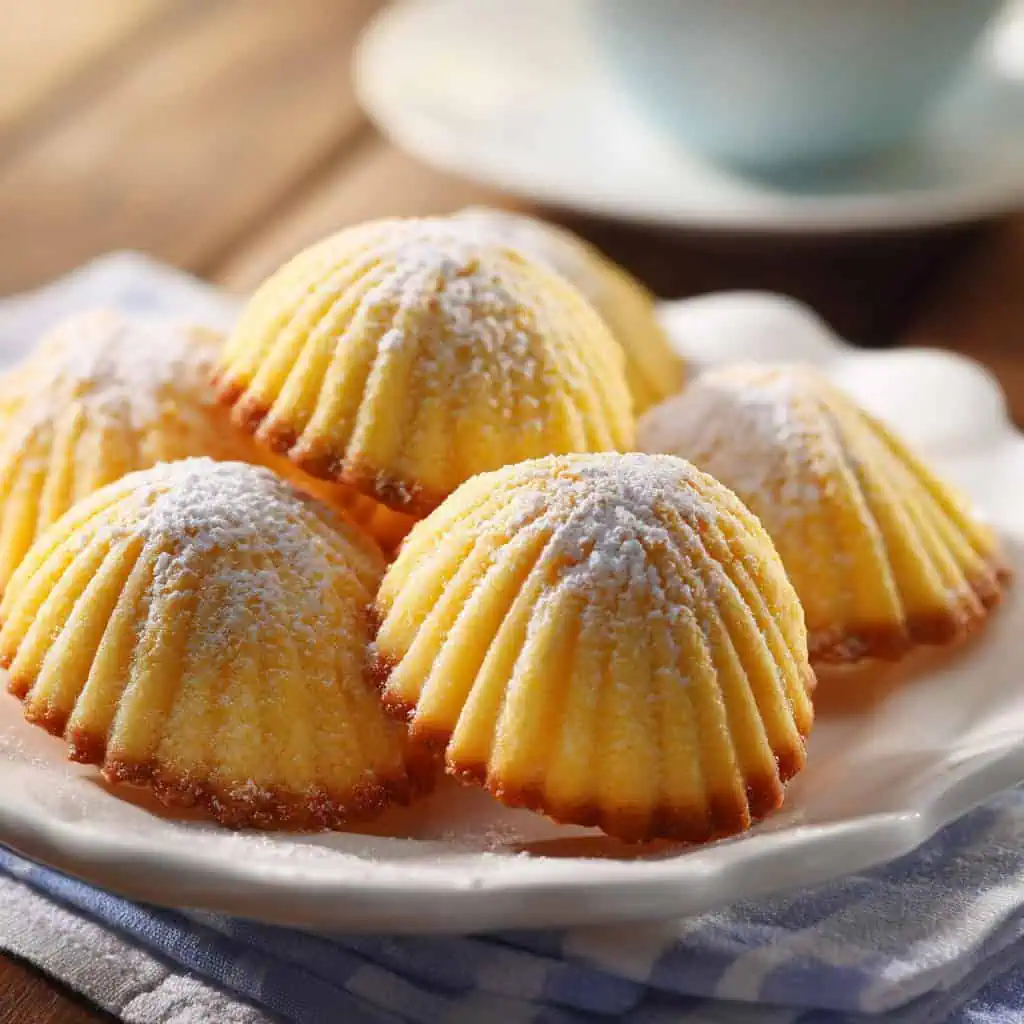
Why You'll Love This Recipe
This authentic baulo recipe brings the beloved flavors of Tausug cuisine right to your kitchen. These delicate, shell-shaped cakes offer a perfect balance of citrusy brightness and tropical coconut sweetness that melts in your mouth. The recipe is surprisingly simple yet delivers bakery-quality results that will impress your family and friends.
Each bite transports you to the beautiful islands of Sulu, where this treasured delicacy has been passed down through generations. The beautiful shell shape makes these treats as visually stunning as they are delicious, perfect for special occasions or afternoon tea.
Ingredients
- 3 large eggs
- 1 cup granulated sugar
- 1½ cups all-purpose flour, sifted
- 1 teaspoon vanilla essence
- ¼ cup Royal Tru Orange (or fresh orange juice)
- ¼ teaspoon baking soda
- 2 tablespoons unsalted butter, melted (or cooking oil)
- 2 tablespoons desiccated coconut
- Powdered sugar for dusting (optional)
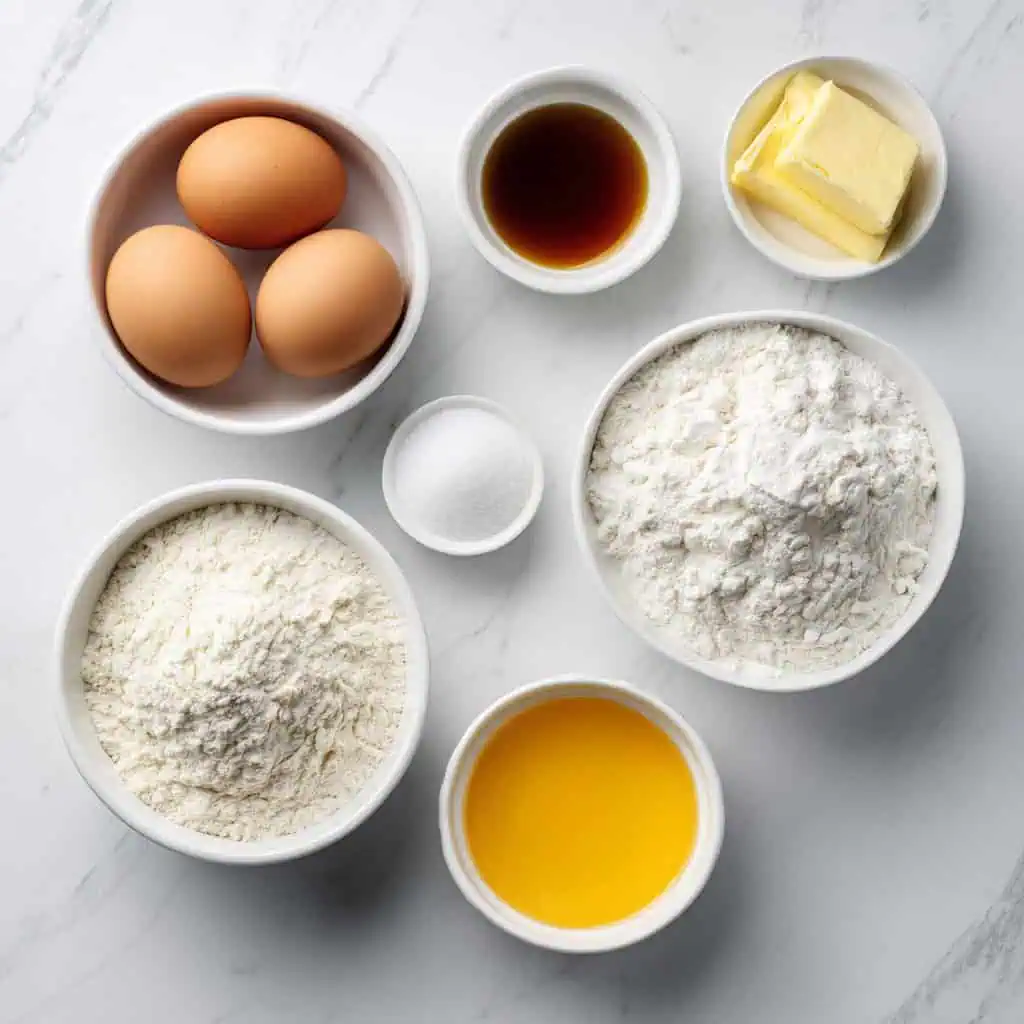
The combination of eggs and sugar creates the foundation for these light, airy cakes, while the Royal Tru Orange adds that signature citrus flavor that makes baulo so special.
Desiccated coconut brings tropical sweetness and subtle texture, and the sifted flour ensures a smooth, tender crumb. The baking soda helps achieve that perfect rise, creating the characteristic fluffy texture that makes baulo irresistible.
Equipment
- Electric hand mixer or stand mixer - Essential for achieving the proper frothy, sticky consistency that gives baulo its signature texture
- Baulo molds (Malaysian bahulu molds) - These shell-shaped molds create the traditional appearance; canele molds or shell molds work as substitutes
- Fine-mesh sieve - For sifting flour to prevent lumps and ensure smooth batter
- Wire cooling racks - Allows proper air circulation for even cooling
- Mixing bowls - For combining ingredients efficiently
- Measuring cups and spoons - For accurate ingredient proportions
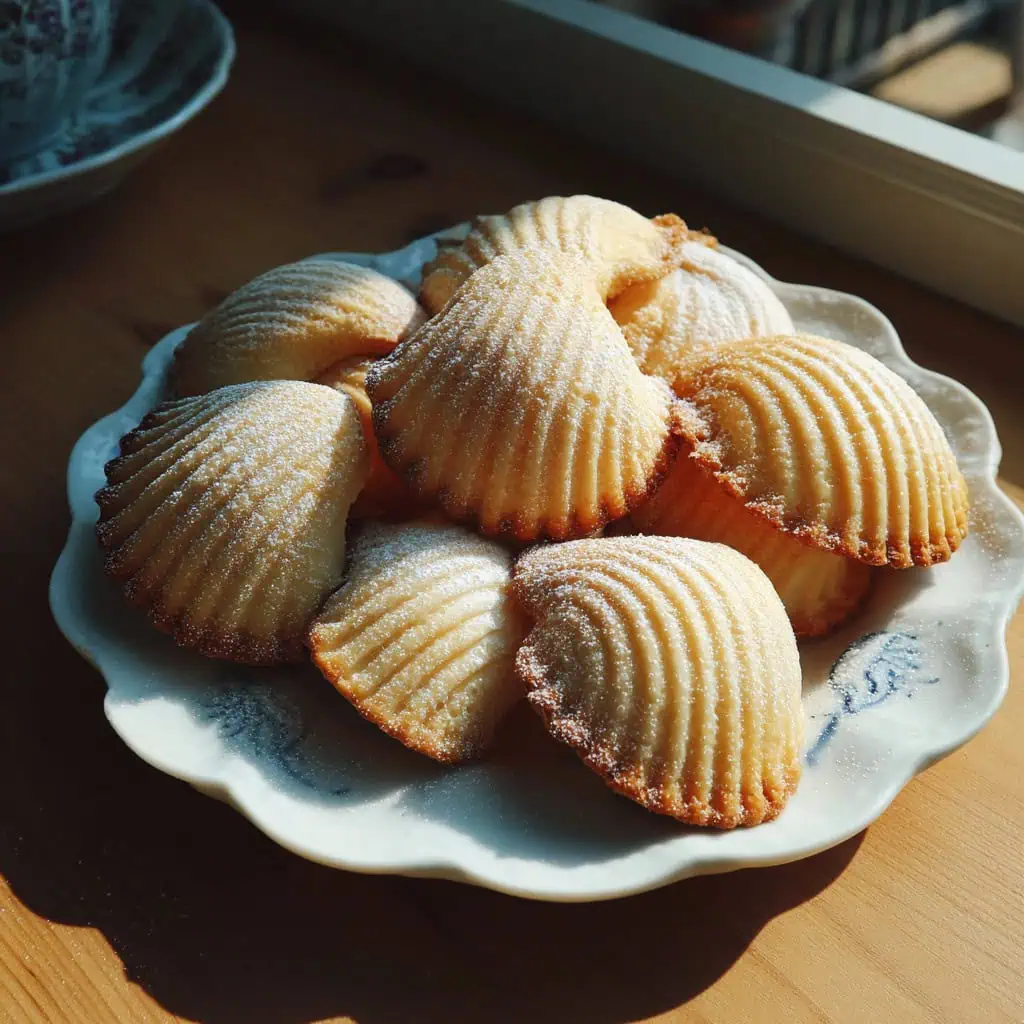
How To Make
- Start by preheating your oven to 375°F (190°C) and generously grease your baulo molds with butter or cooking oil. This step is crucial for easy removal later.
- Using an electric mixer, beat the eggs on medium speed until they become frothy and light in color. This usually takes about 2-3 minutes and creates the airy foundation your baulo needs.
- Gradually add the sugar to the beaten eggs while continuing to mix. Beat continuously until the mixture becomes thick, sticky, and pale yellow. The sugar should be completely dissolved, which typically takes 5-7 minutes of mixing.
- Add the vanilla essence and mix until well incorporated. The vanilla adds depth to the overall flavor profile.
- Reduce mixer speed to low and gradually add the sifted flour, folding it gently into the mixture. Add the melted butter and Royal Tru Orange, mixing just until combined. Overmixing at this stage can result in tough cakes.
- Continue beating the batter with the hand mixer until everything is well-blended and smooth. The batter should be thick but pourable.
- Gently fold in the desiccated coconut using a spatula, distributing it evenly throughout the batter. This adds texture and tropical flavor to each bite.
- Fill each greased mold to about 80% capacity, leaving room for the cakes to rise. Don't overfill as this can cause overflow during baking.
- Bake in the preheated oven for 12-15 minutes, or until the tops are golden brown and spring back when lightly touched. The exact timing may vary depending on your oven and mold size.
- Remove from the oven and let cool in the molds for 2-3 minutes before carefully turning them out onto wire racks. Dust with powdered sugar if desired and serve warm or at room temperature.

Tips from Lola's Kitchen
- Beat the eggs and sugar longer than you think you need to - this creates that signature light, airy texture
- Room temperature eggs mix better and create more volume than cold eggs
- Don't skip sifting the flour; it prevents lumps and ensures smooth batter
- Grease your molds thoroughly - I use a pastry brush to get into all the shell ridges
- Fill molds consistently for even baking - I use a small spoon or piping bag for precision
- Test doneness by gently pressing the center - it should spring back when ready
- Let them cool slightly in molds before removing to prevent breaking
Substitutions
- Royal Tru Orange: Fresh orange juice, lemon juice, or calamansi juice work well
- Desiccated coconut: Finely shredded fresh coconut or omit for plain version
- Unsalted butter: Neutral cooking oil, melted margarine, or coconut oil
- Vanilla essence: Pandan extract for authentic Filipino flavor, or almond extract
- All-purpose flour: Cake flour for extra tender texture (use same amount)
- Granulated sugar: Caster sugar dissolves more easily, brown sugar adds molasses flavor
Troubleshooting
- Cakes are dense: Eggs and sugar weren't beaten long enough, or flour was overmixed
- Cakes stick to molds: Molds weren't greased well enough, or cakes were removed too quickly
- Uneven browning: Oven hot spots - rotate pan halfway through baking
- Cakes are too sweet: Reduce sugar by 2 tablespoons next time
- Cakes crack on top: Oven temperature too high, reduce by 25°F
- Flat cakes: Baking soda may be expired, or batter was overmixed
Storage & Reheating
- Room temperature: Store in airtight container for up to 3 days
- Refrigerator: Keep covered for up to 1 week - bring to room temperature before serving
- Freezer: Wrap individually and freeze for up to 3 months
- Reheating: Warm in 300°F oven for 3-5 minutes to restore freshness
- Best served: Fresh on the day of baking, but still delicious the next day
- Avoid: Storing in humid conditions as they can become soggy
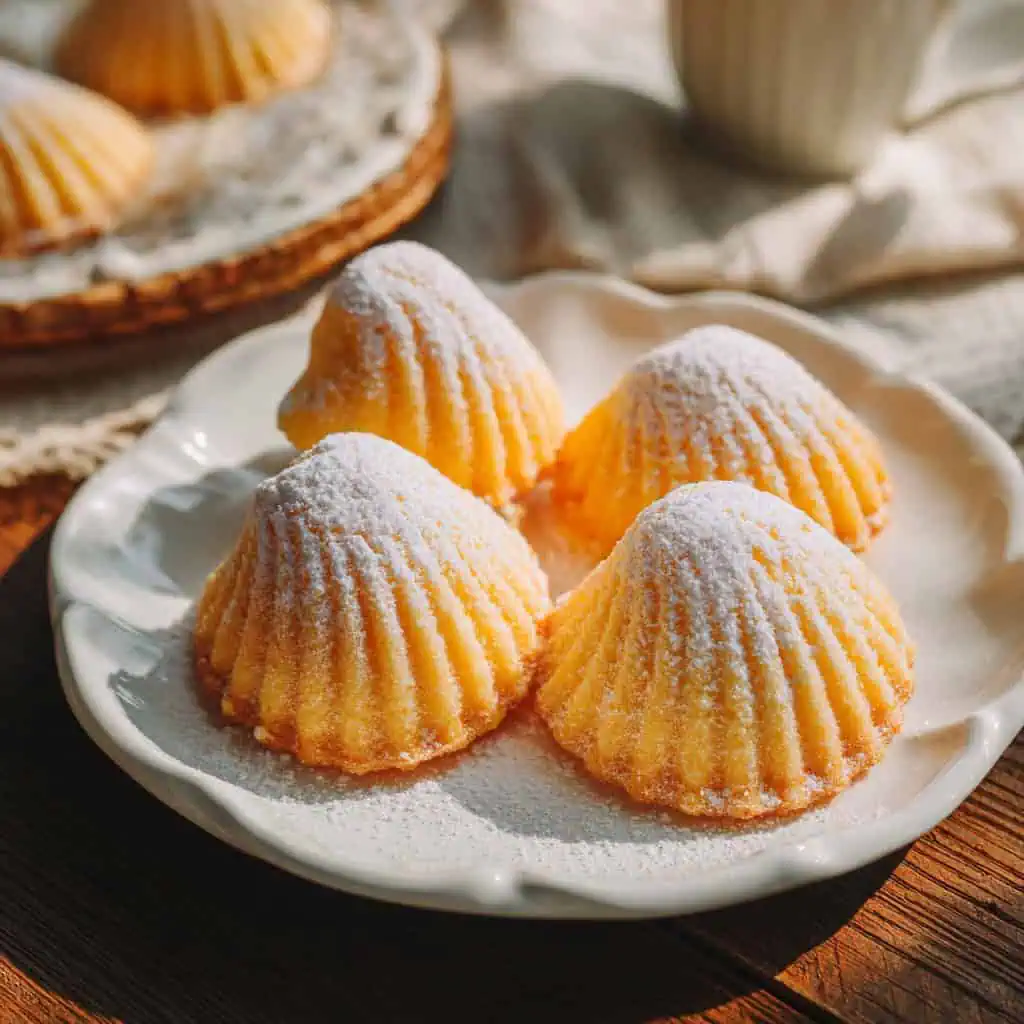
FAQ
Can I make these without special molds?
Yes, use mini muffin tins or small cake molds, though you'll lose the traditional shell shape
Why do my baulo taste different from the ones I remember?
Traditional versions are often baked in clay ovens (pugon) which adds a unique smoky flavor
Can I double the recipe?
Absolutely, just make sure your mixer can handle the larger volume
What's the difference between baulo and bahulu?
They're essentially the same, baulo is the Tausug version of Malaysian bahulu
Can I add other flavors?
Yes, try pandan, ube, or different citrus extracts for variety
How do I know if my molds are the right size?
Traditional baulo molds are about 2-3 inches long and shell-shaped
Can I make these gluten-free?
Yes, substitute with gluten-free flour blend, though texture will be slightly different
Related
Looking for other recipes like this? Try these:
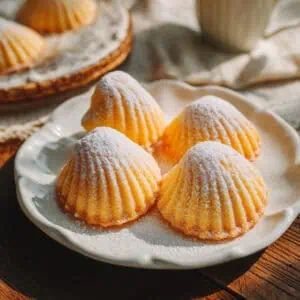
Baulo (Traditional Tausug Delicacy
Ingredients
- 3 large eggs
- 1 cup granulated sugar
- 1½ cups all-purpose flour sifted
- 1 teaspoon vanilla essence
- ¼ cup Royal Tru Orange or fresh orange juice
- ¼ teaspoon baking soda
- 2 tablespoons unsalted butter melted (or cooking oil)
- 2 tablespoons desiccated coconut
- Powdered sugar for dusting optional
Instructions
- Start by preheating your oven to 375°F (190°C) and generously grease your baulo molds with butter or cooking oil. This step is crucial for easy removal later.
- Using an electric mixer, beat the eggs on medium speed until they become frothy and light in color. This usually takes about 2-3 minutes and creates the airy foundation your baulo needs.
- Gradually add the sugar to the beaten eggs while continuing to mix. Beat continuously until the mixture becomes thick, sticky, and pale yellow. The sugar should be completely dissolved, which typically takes 5-7 minutes of mixing.
- Add the vanilla essence and mix until well incorporated. The vanilla adds depth to the overall flavor profile.
- Reduce mixer speed to low and gradually add the sifted flour, folding it gently into the mixture. Add the melted butter and Royal Tru Orange, mixing just until combined. Overmixing at this stage can result in tough cakes.
- Continue beating the batter with the hand mixer until everything is well-blended and smooth. The batter should be thick but pourable.
- Gently fold in the desiccated coconut using a spatula, distributing it evenly throughout the batter. This adds texture and tropical flavor to each bite.
- Fill each greased mold to about 80% capacity, leaving room for the cakes to rise. Don't overfill as this can cause overflow during baking.
- Bake in the preheated oven for 12-15 minutes, or until the tops are golden brown and spring back when lightly touched. The exact timing may vary depending on your oven and mold size.
- Remove from the oven and let cool in the molds for 2-3 minutes before carefully turning them out onto wire racks. Dust with powdered sugar if desired and serve warm or at room temperature.
Tips from Lola's Kitchen
- Beat the eggs and sugar longer than you think you need to - this creates that signature light, airy texture
- Room temperature eggs mix better and create more volume than cold eggs
- Don't skip sifting the flour; it prevents lumps and ensures smooth batter
- Grease your molds thoroughly - I use a pastry brush to get into all the shell ridges
- Fill molds consistently for even baking - I use a small spoon or piping bag for precision
- Test doneness by gently pressing the center - it should spring back when ready
- Let them cool slightly in molds before removing to prevent breaking
The Story Behind Baulo
Baulo tells the fascinating story of culinary exchange between the Philippines and Malaysia, showcasing how food traditions travel across borders and evolve into beloved local specialties. This traditional Tausug delicacy originated from the Malaysian kuih bahulu, which was brought to the southern Philippines through centuries of trade and cultural interaction between the Malay archipelago and the Sulu islands.
The Tausug people, known for their seafaring traditions and extensive trading networks, embraced this Malaysian sweet treat and made it their own. Over generations, baulo became deeply woven into Tausug culture, served during special celebrations, religious festivals, and family gatherings. The name itself reflects this cultural adaptation, while Malaysians call it "bahulu," the Tausug pronunciation softened it to "baulo" or "baolo."
What makes baulo unique is how the Tausug community adapted the original recipe to local tastes and available ingredients. They incorporated coconut, abundant in the tropical Philippines, and often added local citrus flavors like calamansi or used Royal Tru Orange, a popular Filipino beverage concentrate. These modifications created a distinctly Filipino version that maintains the light, airy texture of the original while adding tropical notes that reflect the island's bounty.
Traditional baulo preparation was considered an art form, with skilled bakers using clay ovens called "pugon" that imparted a subtle smoky flavor impossible to replicate with modern ovens. The special shell-shaped molds, originally made from brass or aluminum, were treasured kitchen tools passed down through families. Today, these molds are still essential for authentic baulo, though modern bakers can find suitable alternatives online.
The cultural significance of baulo extends beyond its delicious taste. In Tausug households, making baulo represents hospitality and celebration. The delicate process of creating these treats, from beating eggs to the perfect consistency to carefully timing the baking, reflects the patience and skill valued in Tausug culture. Sharing baulo with guests is a gesture of respect and warmth, making it more than just a dessert but a symbol of community and tradition.
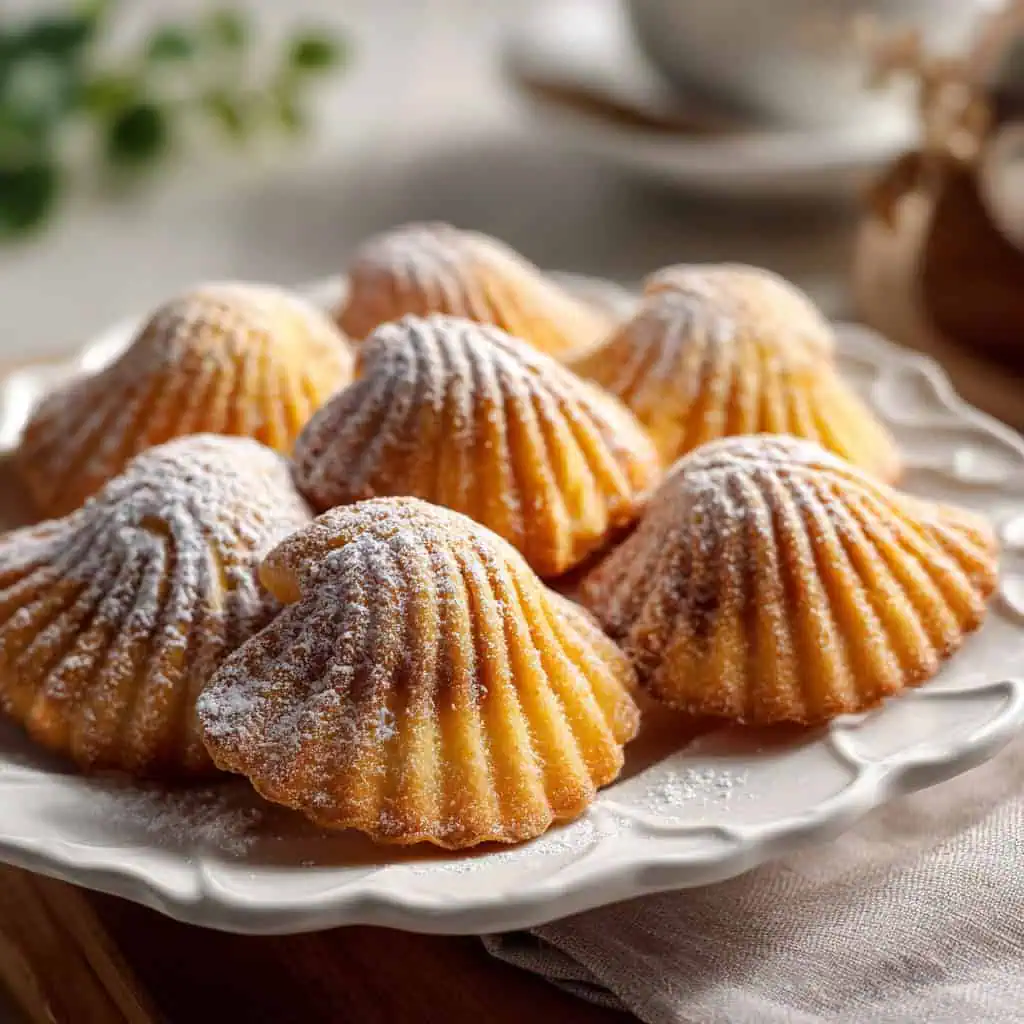

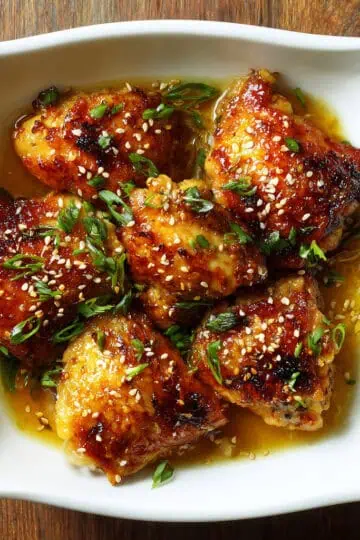
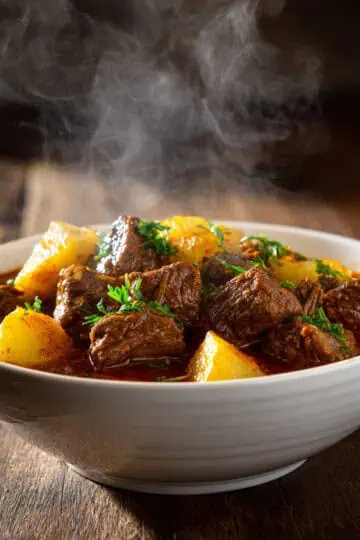


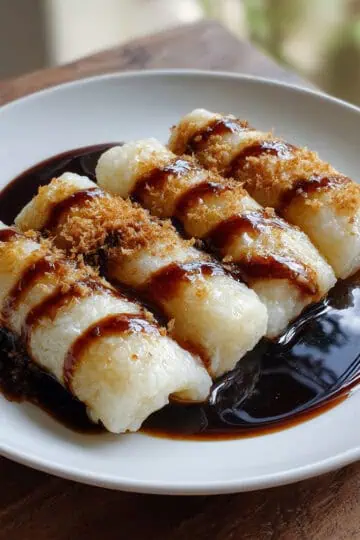
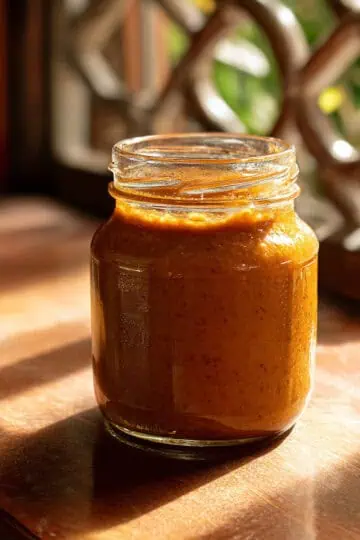
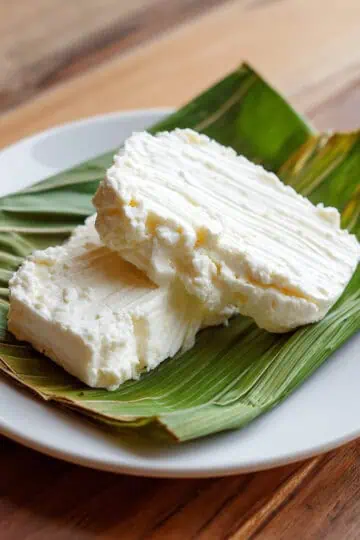
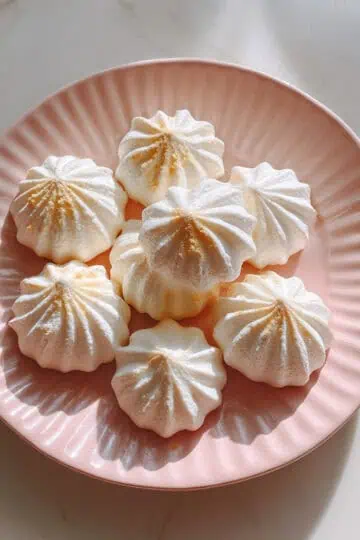
Comments
No Comments